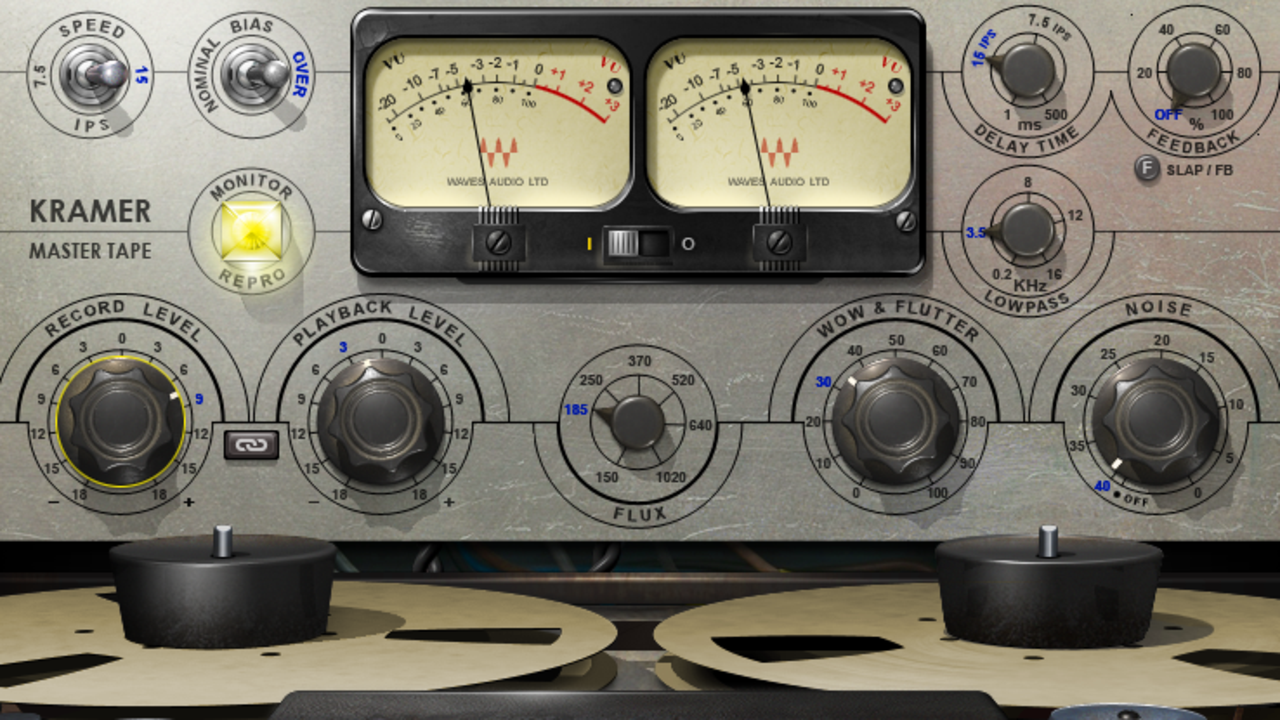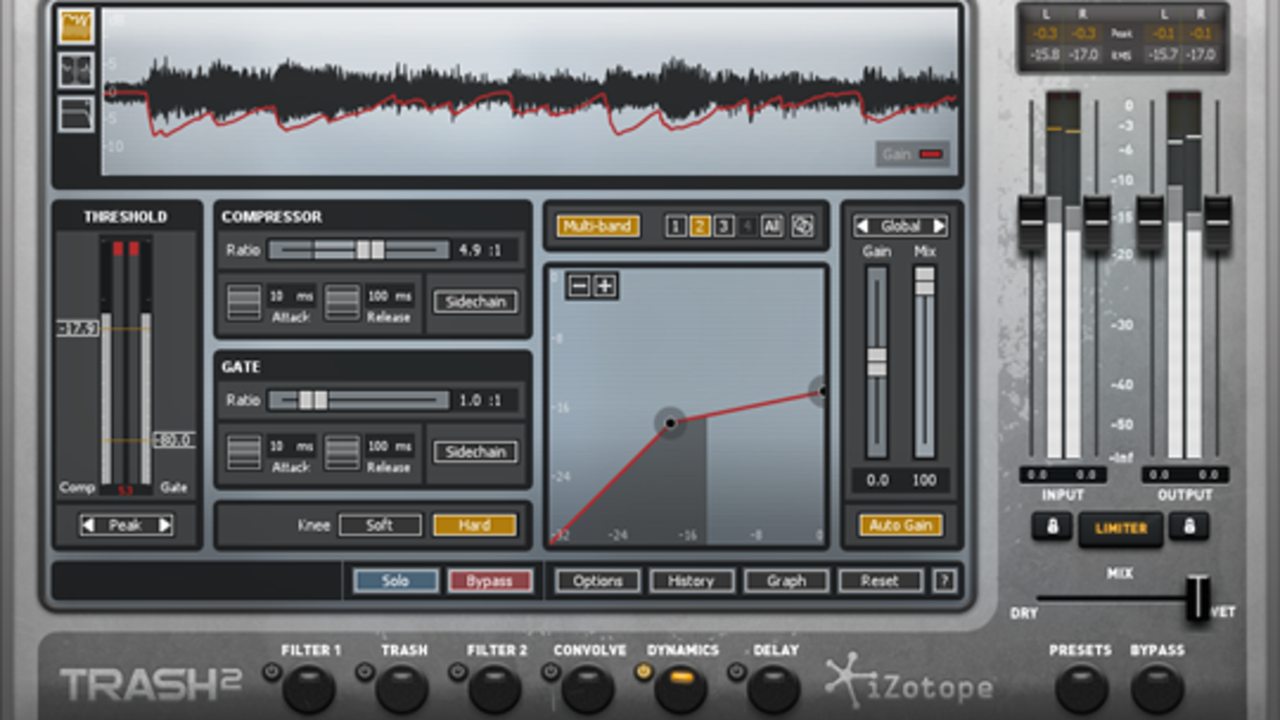The All-Things-Audio Blog
Tape Saturation

Tape machines (or tape modeled plugins) are a great way to add that “analog warmth” to your digital mixes. They add a nice fat bottom end and a smooth top end. Sometimes analog warmth is just what you need to tame the occasional unpleasant digital highs. But that’s just the beginning! Tape machines can do so much more for your mixing.
Smoothing out harsh guitars
One of the most common ways to smooth out harsh guitars is by using tape saturation. It does something magical to the top end that isn’t achieved by a simple EQ move. It seems to bring down the gross, unnecessary high fizz without making it muffled. Using a low IPS helps to create a more “lo-fi” sound.
Taming transients
Oversaturating or overdriving a tape machine helps tame transients by crushing the top end of the transient. Think of it as a kind of compressor. Compression can glue together overly transient material. By overdriving a heavily transient source (like a snare drum) you can essentially clip off the top of the tran...
Distorting Your Plugins Can Ruin A Mix

An easy way to ruin a mix is by distorting your plugins. Yes, your software plugins can distort just like analog gear.
A lot of plugins have lights or other ways of letting you know that your input is clipping. If you’re not paying attention you can end up unintentionally clipping your plugins and over time it can add an unpleasant distortion to your mix.
However, there are some plugins (analog modeled) that can add desired saturation. A good example is tape saturation. But there's a difference between adding saturation and clipping.
Saturation and distortion are things that you can use to help enhance your mix. Clipping is unpleasant and distracting. It often comes across, even if you intentionally do it, as an accident.
I mixed an album for a guy once. He was using Logic X and I was too so I thought the job would be a breeze because I could just work in his original project. It was a nightmare. He was clipping on EVERY channel, EVERY bus, EVERY plugin. And I’m not talking a few d...
Tuning Your Kick Drum Samples

Tuning your drum samples is a simple and free solution for a tighter, more cohesive mix.
How does this happen? Let’s focus on the kick drum and break it down really quick.
A kick has that fat low end, usually with lots of low sub information. The low sub information gives you that nice chest thump that you’re used to. On the upper end of the frequency spectrum, there’s usually a tick/click/knock that helps make the kick known in a thick mix. In this case, we’re going to want to look at the sub end.
If I told you “It doesn’t really affect your song if your bass is out of tune”, you’d call me crazy.
When you start thinking about your kick as an extension of your bass, it helps switch your mindset from something you brush off, to something you take note of.
This is especially important for EDM style music. When you're using a sine wave style kick (like an 808), the pitch and tune of the kick is what gives it so much of its character. Tuning your kick gives bigger punch and doesn't co...
Getting an Instrument or Vocal to Cut Through a Mix Using Distortion

When you're having trouble getting something to cut through a mix, (like a vocal) a little bit of distortion can go a long way. Sometimes parallel compression doesn't cut it. Try distorting upper mids/highs to get it to cut! (Think 500/600-15k)
Remember to not get too carried away. Bring it in subtly and A/B to make sure it's adding and not taking away. A lot of times it's easy to get fooled into thinking that something sounds better just because it's louder. This is a time where you need to use your ears critically and really analyze.
I used to think of distortion as something that was either on or off. Grungy guitars or clean. Distorted bass or not distorted. You get the idea. But the truth is, by distorting things you create subtle harmonics that poke through at different frequencies in a mix.
Take for example a simple sine wave. As soon as you start distorting that wave, you're going to create harmonics and it's going to start poking out (helping your ear detect and pick up) at ...
